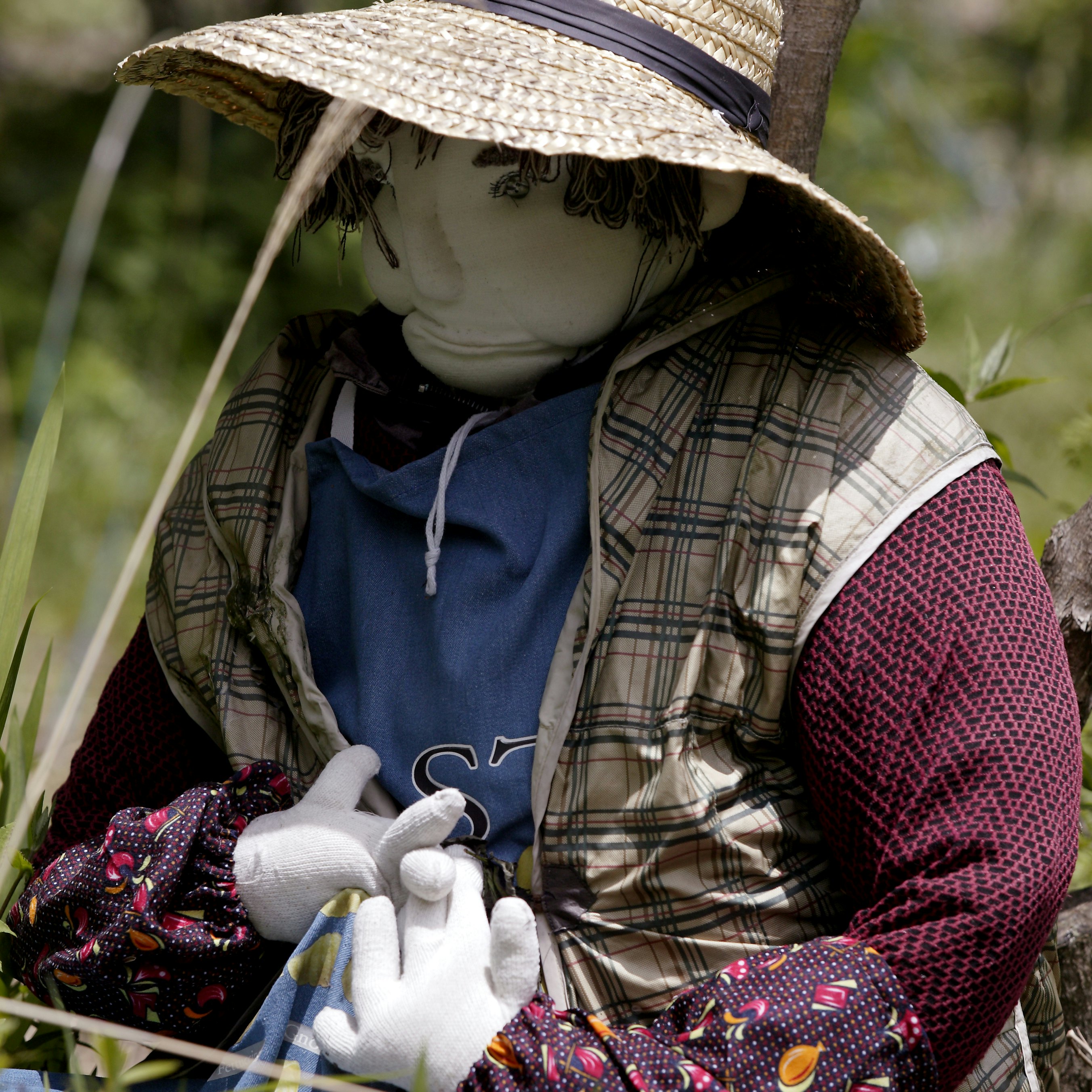
Overview
The birthplace of revered ascetic and founder of the Shingon Buddhist sect Kōbō Daishi (774–835), Shikoku (四国) is synonymous with natural beauty and the pursuit of spiritual perfection. It's home to the 88 Sacred Temples of Shikoku, Japan's most famous pilgrimage.
Meet your new travel partner
Stay connected in Shikoku
Unlimited data while you travel with Holafly eSIM. Use code LONELYPLANET for an exclusive discount.
Must-see attractions
Planning Tools
Expert guidance to help you plan your trip
Best Things to Do
Kagawa is perfect for the traveler looking for something different while visiting Japan.
Read full article
Best Time to Visit
The best times to visit Shikoku for festivals, cherry blossoms, fall colors and outdoor activities such as hiking, biking, rafting and surfing.
Read full article
Get a book. Get inspired. Get exploring.
in partnership with getyourguide













